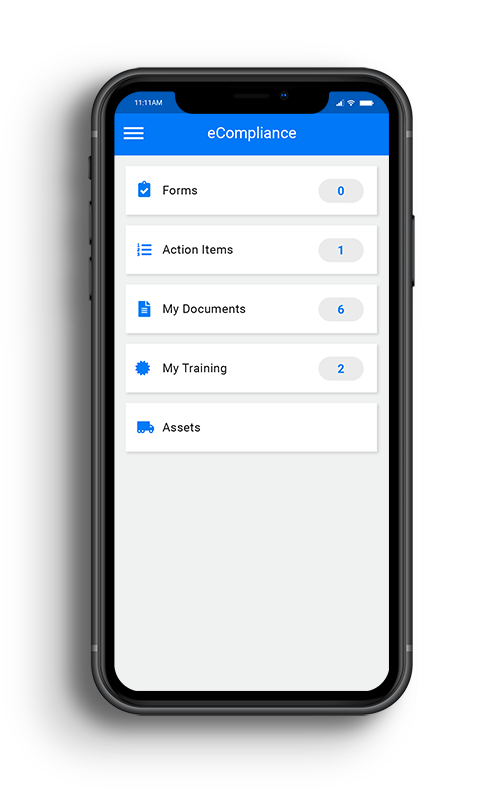
Share this Post
PUBLISHED
February 22, 2022
READ TIME
3 Minutes
WRITTEN BY
![]() Dina Adlouni
Dina Adlouni
Dina is the resident Content Writer at Alcumus North America. When she’s not writing about health and safety, you’ll find her enjoying a cup of tea while watching her favorite sitcom.
What is a Good OSHA Incident Rate?
It’s important for employers and safety professionals to be aware of what good looks like when it comes to an organization’s incident rate. Knowing this will help protect more employees and create a safer work environment.
So, let’s start at the beginning. What is an OSHA Recordable Incident Rate? A recordable incident rate, also known as Total Recordable Incident Rate (TRIR), is the number of incidents which have occurred on-site, usually within a year, according to a certain number of hours worked by 100 employees. A recordable incident can include anything from a worker who had to take time off of work due to an injury, to someone losing consciousness on-site.
This unit of measurement helps the Occupational Safety and Health Administration (OSHA) assess how safe an organization is and how effective their safety program is. It also allows them to compare it to others within the same industry.
OSHA Recordable Incident Rates by Industry
It is the goal of every organization in all industries to have a low incident rate. Of course, this number varies per industry but in 2020, the average OSHA incident rate within private industries was 2.7.
Every industry comes with different risks and hazards so, even with an average incident rate, it’s hard to gauge what a “good” incident rate looks like. To help you assess how your organization is doing in comparison to others within your industry, we’ve compiled a list of incident rates seen within certain industries in 2020, according to the United States Bureau of Labor Statistics:
- Construction = 2.5
- Forestry and logging = 2.4
- Agriculture, forestry, fishing and hunting= 4.6
- Mining, quarrying, and oil and gas extraction = 1.2
- Transportation and warehousing = 4
- Special trade contractors = 2.8
- Manufacturing = 3.1
- Utilities = 1.5
- Administrative and support and waste management and remediation services =2
- Educational and health services = 5
- Wholesale trade = 2.4
Knowing your industry benchmark and where you stand can give you a better idea of what number you should be working towards.
How do you Calculate your OSHA Incident Rate
Knowing how to calculate your recordable incident rate is vital to a strong safety program. Let’s break it down:

To calculate your total recordable incident rate, you multiply the number of incidents which have occurred on-site by 200,000. Then divide that number by the total number of hours worked that year. 200,000 equates to the number of hours 100 workers would usually work within the span of one year.
TRIR Calculator - Try it yourself!
How Safety Software Helps with Incident Rate
Having a safety software in place can help strengthen your safety program and overall performance. With the ability to centralize all information and data within one, cloud-based solution, organizations can easily identify gaps in performance and track trends and patterns. Once deficiencies and patterns are established, you alongside key stakeholders within your organization, can create a plan of action to rectify these issues to keep your people safe.
A safety solution can also help you keep track of your OSHA 300 logs, required to complete, maintain, and submit to the Occupational Safety and Health Administration. The OSHA Form 300, 300A, and 301 contain information about injuries and illnesses on-site. With a digital solution, you can easily complete the forms online and store them within the platform. This allows you to easily pull them up when needed, rather than wasting time digging through physical documents or folders before the deadline.
Find out how the Alcumus suite of safety solutions can help you reduce your incident rate and create a safer work environment, by speaking to one of our safety experts today.
Learn How You Can Get Alcumus eCompliance
Complete this form and one of our safety experts will be in touch.


